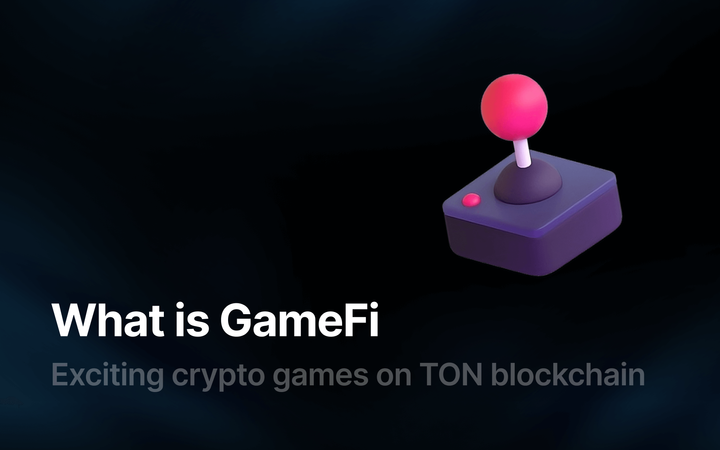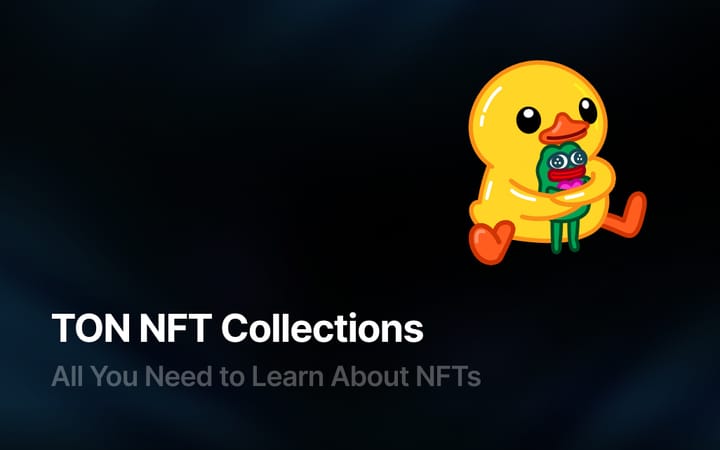How to List a Token on an Exchange

Launching your crypto token on an exchange is a breakthrough moment for your project, as it opens doors to a broad audience of investors. Here are key points that can maximize your entry into the exchange
What's crucial for a successful listing?
First and foremost, your token must solve a real problem. No matter how technologically advanced or unique your product is, if it's not needed, the chances of success are slim. Second, an active and engaged community that will support your project and attract the attention of exchanges.
Important things to remember:
- Team Activity: Show that you're in for the long haul: regular updates, achievements, and plans all build trust.
- Token Utility: Highlight how your token can solve specific problems or improve existing solutions.
- Strong Community: The enthusiasm and support of users can play a crucial role in the success of your listing.
- Liquidity: The token should be easily purchasable and sellable, which is a key factor for exchanges and traders.
- Security: Ensure that your project is protected against potential attacks, which is critical for user and exchange trust.
How does the listing process work?
The process may vary depending on the platform, but generally includes the following stages:
- Application Submission: You will need to provide all necessary details about your project.
- Verification: The exchange will conduct a thorough analysis of the information provided, which can take some time.
- Integration: If everything goes according to plan, your token will be integrated into the exchange's system.
- Start of Trading: Once integrated, active trading of your token begins.
Additional tips:
- Build Community: Actively engage people through social media, webinars, and other events.
- Be Transparent: Regularly share updates and news about the project.
- Maintain Liquidity: Ensuring stable liquidity helps keep interest in your token.
- Focus on Security: Regular security checks and updates are crucial for maintaining trust.
Each of these steps opens new opportunities for your project, making it more attractive to a broad audience and potential investors.
Let’s delve deeper into the process of listing on an exchange.
How to Choose a Crypto Exchange
As of the writing of this article, CoinMarketCap lists over 250 exchanges and more than 10,000 cryptocurrencies. With so many exchanges in the market, what criteria should you use to choose the right one for you?
This depends on your goals and specific questions about your project, such as:
Check the reputation of the crypto exchange
What is the authority of the exchange you have chosen? Check if it is safe to store your funds there. Are they open about their financial reserves? Can you trust their reports? How much are you willing to invest in the fee for placing your token? How soon do you want to see it on the exchange? Which market do you plan to conquer? Which platforms will support your technology and can integrate seamlessly? Can you freely exchange fiat for crypto and vice versa there? Is there an opportunity for spot or margin trading? What about staking? What is the real trading volume on the exchange, and is it not inflated? How is communication in their community and user support organized? Finally, do you want your token to appear on centralized or decentralized exchanges? Answering these questions will give you a clear understanding of the key aspects that will influence your choice.
Check your budget and timelines
If you're aiming for a quick start and want to hit the market "here and now," betting on a decentralized exchange is your move. Platforms like Uniswap will give you the green light without too much headache.
But if you dream of the spotlight and plan to take a place on a top exchange, be prepared for a marathon, not a sprint. Ask yourself: do you have $100,000 for listing? Or maybe a million?
If the budget allows, welcome to all the market giants. If not, don't despair. You can get into platforms like Kraken without much expense, or on Binance through the Launchpad/Launchpool application.
Avoid scams
Always keep your ear to the ground: check volumes, study online reputation, and analyze website traffic. You can arm yourself with CoinMarketCap ratings, which are based on factors such as web traffic, average liquidity, and trading volumes.
After conducting this analysis, compile a list of desired target exchanges, familiarize yourself with their listing requirements, and research online reviews about the duration and complexity of the listing process.
The Listing Process
This step involves checking all the requirements listed on each target exchange and gathering all necessary information to complete the submission process.
Choosing Between Decentralized and Centralized Platforms
If we're talking about decentralized exchanges, then it's simple: less bureaucracy, more action. Applying is easy, procedures are minimal, and so are your worries.
Centralized platforms, especially the top ones, raise the bar higher: quality requirements, legislative checks—they do all this not out of malice, but to protect users and ensure only high-class projects on their territory. If you're confident in your product and ready for checks, then a successful listing on such a platform is your big win.
It's important to remember, in giants like Binance, the chance that your application will pass unnoticed is quite high. So, it's worth seriously weighing all the "pros" and "cons" before embarking on their 70+ questionnaire.
What questions will you need to answer? Here are a few examples:
- Project information: Name, token symbol, website, token address, number of holders, a concise description.
- Project goals, its place in the industry, long-term plans, competitors.
- Details about the team, their past achievements, and plans for the future.
- Legal assessment of the token status, its compliance with legislation.
- Financial and operational aspects: Capitalization, number of tokens, plans for swaps and launches.
- Community and its activity: DAU, MAU, social networks, initiatives.
- Plans for security and marketing after the launch.
Also, it's important to know that many exchanges will assess your readiness to work with market makers and liquidity providers to ensure stable trading of your token.
Choosing between centralized and decentralized platforms is not just a question of your project's technical capabilities, but also of strategy, time, and resources. Evaluate what's more important to you: speed or status, and act accordingly.
Waiting for Application Review
The review period for your application depends on the chosen exchange. On centralized platforms, this usually takes two to three months, and at top exchanges, the process can stretch even longer, that is if you are lucky to get a response.
Possible outcomes of the application process:
- No response - silence.
- Rejection - unpleasant, but it's not the end of the world.
- Request for additional documents - not a rejection, but also not acceptance. Here, legal rework or technical adjustment may be needed to move to the next stage.
- Full acceptance of the project - the perfect scenario.
If the application passes and additional adjustment is required, it may mean, for example, the need to start with a listing on Binance DEX for projects that have not yet debuted on exchanges. Also, different exchanges may require tokens compatible with their technological standards, based on various blockchains.
Delisting
Sometimes an asset is removed from an exchange - this is called delisting. Reasons can vary:
- Low liquidity and capitalization due to poor results.
- Fraudulent actions by the project that harm its reputation and users.
- Violation of listing conditions and other actions that undermine trust in the exchange.
- Regulatory bans making the token illegal.
- Fraud by the project team, meaning they can no longer be trusted.
Delisting, although it is a last resort, underscores the need to maintain standards and quality of the project after its entry on the exchange. This is also a reminder that the cryptocurrency world requires transparency and honesty from all participants.
Overall, a successful listing can bring significant benefits in terms of liquidity, visibility, and new users, making it an important strategic goal for any crypto project.







